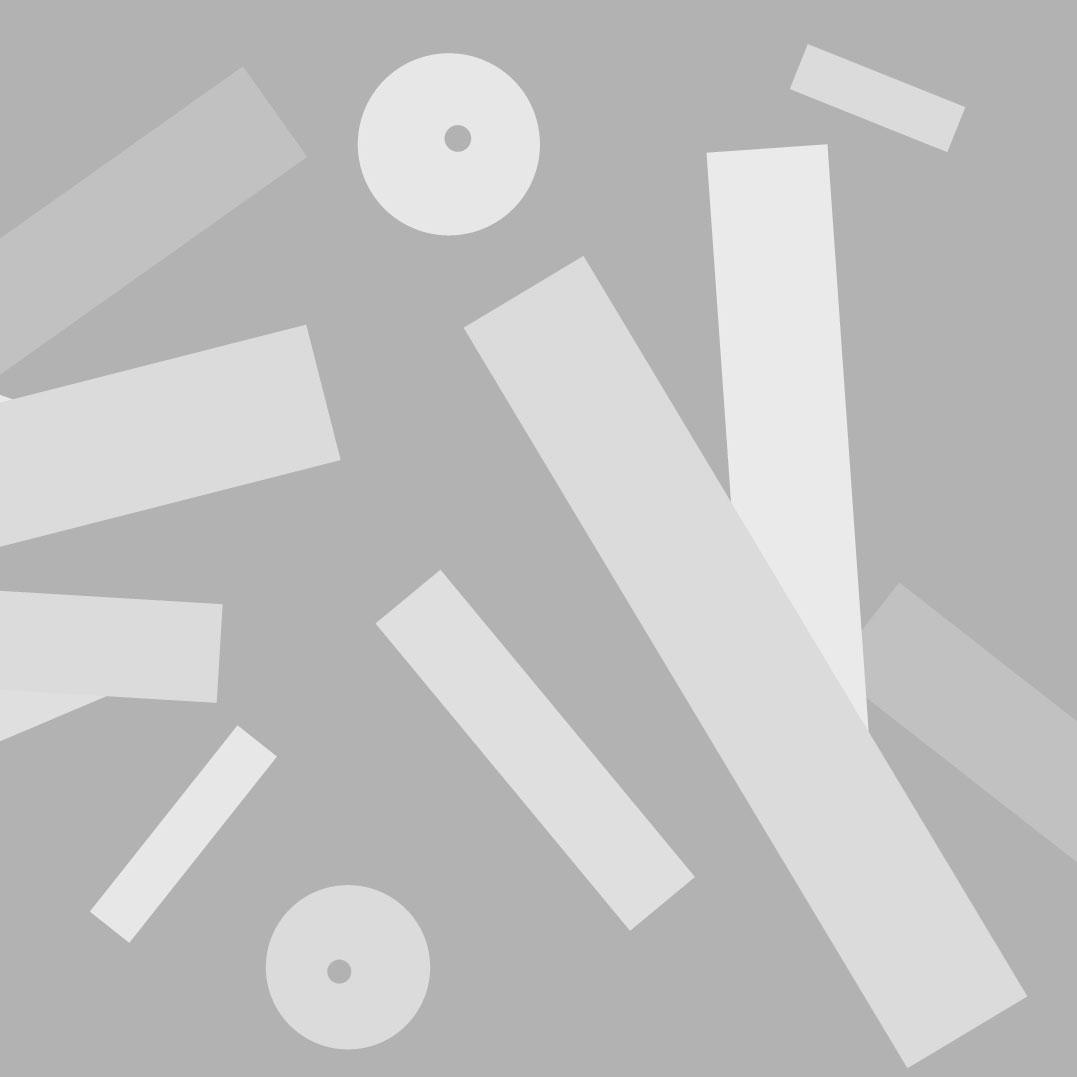The seven oscillating sculptures participating in the performance are called Oscyl. They are the protagonists alongside seven flesh-and-blood dancers in Oscyl Variation, the latest imaginative work by the duo Héla Fattoumi and Éric Lamoureux. These biomorphic sculptures were created by the duo's longtime set designer, Stéphane Pauvret, modeled after Hans Arp's famous Entité ailée.
Oscyl Variation is a project that has undergone a long gestation and finally finds its world preview at Oriente Occidente, on the terrace of the MART, before heading to the Festival of Puppet Theatre in Charleville-Mézières, France. Since their artistic debut, Fattoumi and Lamoureux, who have been directing the Centre Chorégraphique National de Bourgogne Franche-Comté in Belfort, France, since 2015, have pursued research on alterity. Notable works include Just Do Dance, featuring performers from three different continents, and the use of niqabs in Manta and the subsequent Lost in Burqa. The couple's dance is nourished by and embraces 'diversity' in an attempt to connect differences.
With Oscyl Variation, the artists create a space of experience with inanimate objects that coexist on stage with the dancers. Initially, the sculptures seem to patiently observe the movements of their flesh-and-blood counterparts, but gradually, the energy and contact from the latter set the sculptures in motion, generating a surprising dynamic capacity to react to stimuli.
Once launched, the Oscyl appear to possess a strange autonomy. This is their strength, distinguishing them from a traditional puppet, which is solely subject to the intentions of its operator. Unpredictable, the Oscyl also have a secret to impart to humans: they can lean until they nearly touch the floor, appear to be toppling over, yet return each time to their center, always ready to begin again.



